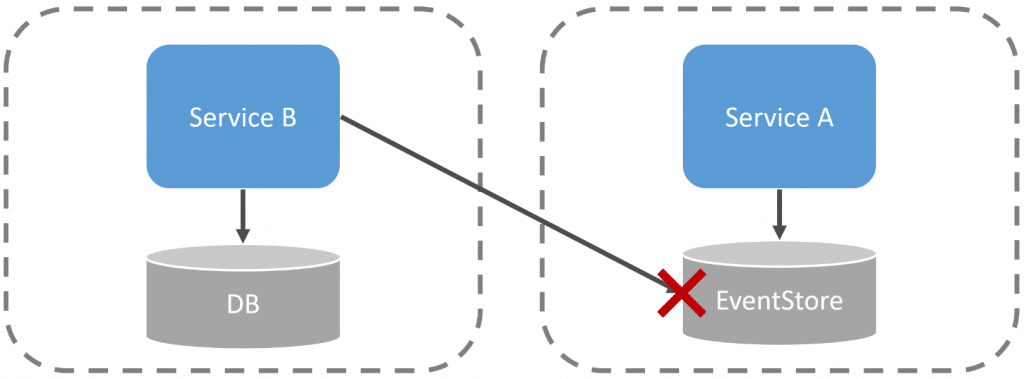Sponsor: Using RabbitMQ or Azure Service Bus in your .NET systems? Well, you could just use their SDKs and roll your own serialization, routing, outbox, retries, and telemetry. I mean, seriously, how hard could it be?
What are domain events for? Domain Driven Design and Event Driven Architecture are nothing new, but they continue to become more popular. Unfortunately, some concepts and terms get a bit murky as they do. Specifically, the term domain events have caused a bit of confusion. I will clarify a misconception about the role and purpose of domain events and how that relates to Event Sourcing. Or does it?
YouTube
Check out my YouTube channel, where I post all kinds of content accompanying my posts, including this video showing everything in this post.
Event Sourcing
As a primer on Event Sourcing, it’s a way of recording state. As a comparison, if you were recording the current state in a relational database or document store, you’d think of rows/tables or objects/collections.
As an example, let’s say we have products in a warehouse. We’re recording the SKU (productID), the quantity on hand, and when we last received and shipped the product from our warehouse.
With event sourcing, however, we’re recording events that represent the state transitions.

Each product, represented as a row in our relational database table, has a stream of events in our event store.
For more basics on event sourcing, check out my post Event Sourcing Example & Explained in plain English
State
Event Sourcing is about using events as state. This doesn’t mean they are used as a form of communication.
Thankfully over the last several years, for the most part, the industry is accepting of not integrating at the database. Meaning instead of being able to interact with another service database directly, you must use a defined API. Gone are the days of calling another database directly.

Unfortunately, this idea seems lost when Event Sourcing—often thinking of events as am means of communication with Event-Driven Architecture. However, event sourcing is about state. Just because you have an event store, does not mean another service can reach out to your event store.

Domain Events
Domain events are inside events. They are internal to a logical boundary. Their purpose is for notification. To express that some business concept has occurred. There are situations where you may want to expose them to other boundaries. Often this is because they are well-established business concepts that aren’t going to change. In this case, exposing a domain event is reasonable. Treating a domain event also as an integration event. For more on this, check out my post Should you publish Domain Events or Integration Events?
So then, aren’t the events used in event-sourcing domain events? They are internal events. Yes, they can be, but they don’t have to be. Not every event persisted to your event store has to be a domain event. Likely they will, in most cases, represent business concepts, but as mentioned, they are also about state transitions.
You’re using events in event sourcing to reconstruct an internal state within an aggregate, so when you then perform an action (do this!), it can validate if it’s in a state to perform the action. And if valid, then appends the subsequent event that represents the state transition.
Events in event sourcing may be more fine grain than what is needed for communication purposes. Domain events may be less granular and represent the completion of a workflow.
As a typical example of a shopping cart and checkout process, let’s say we have an event stream that is:
- ItemAddedToCart
- ItemAddedToCart
- ItemRemovedFromCart
- ShippingInformationDefined
- BillingInformationDefined
- CheckOutCompleted
Are these events used to notify inside (and possibly) outside boundaries? We surely need them as our state transitions (event sourcing), but do we need them for communication (domain events)?
For communication, we probably want an OrderPlaced event to define the completion of our workflow. It likely will be a domain event (or integration event) to notify other boundaries. Still, all the others are probably too fine grain.
Domain events are about business concepts that the business cares about and understands. They are used for notifications/integrations within or outside a service boundary.
Events used for Event Sourcing are about state. They are capturing events to represent the transitions in state.
Domain events can be used for event sourcing, but not all events in event sourcing are domain events.
Join!
Developer-level members of my YouTube channel or Patreon get access to a private Discord server to chat with other developers about Software Architecture and Design and access to source code for any working demo application I post on my blog or YouTube. Check out my Patreon or YouTube Membership for more info.
